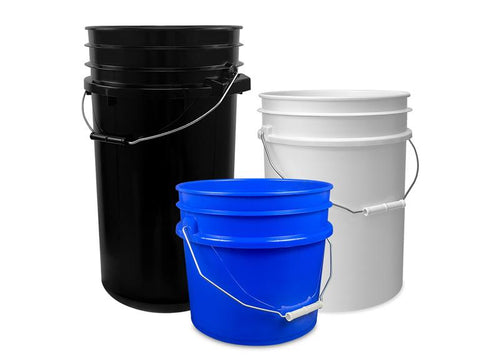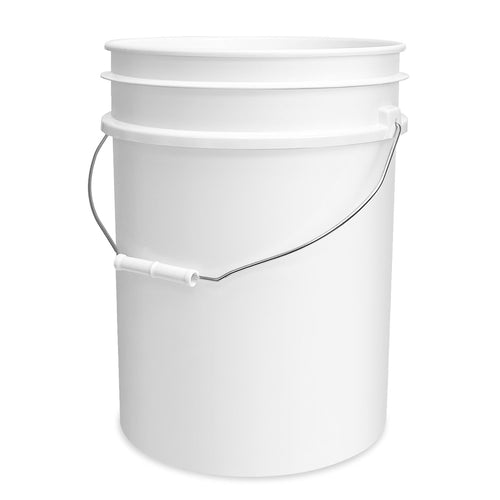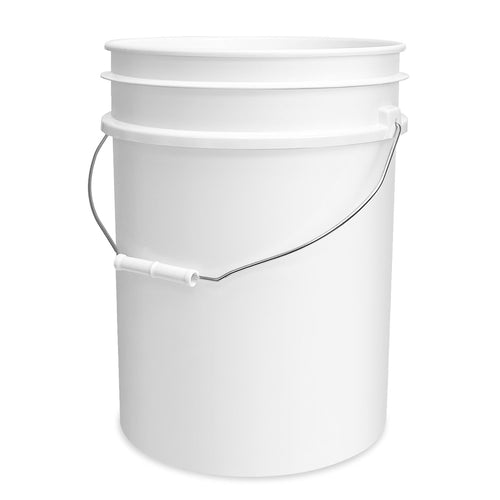Jars and bottles rank among the most common and essential containers in daily life, appearing across food, medicine, and household sectors. While both serve as storage vessels, their designs reflect distinct purposes and applications. Understanding the key differences between these containers helps consumers select the optimal solution for specific storage needs. This guide explores the fundamental distinctions between jars and bottles, examining their opening designs, sealing methods, and material considerations to help you make informed choices for your storage requirements.
Jars and bottles are probably one of the most common container units when it comes to consumers. They are seen in the food, medicine, and utility sectors, and they won't be changed anytime soon because of their perfect design. However, there are major differences when it comes to these two containers.
Bottles and jars are both containers, but their designs tell a different story. Their use cases and sealing methods highly differ from one another, yet people seem to overlap or get confused with what these containers can do. It's also good to note that maximizing a storage unit is beneficial in the long run since they help in controlling space. Storage units ultimately help in decluttering, sorting, and being portable; identifying their specific uses is a great way to create perfect space.
To further explain their difference, here are the two major distinctions between jars and bottles.
Opening Difference
Obvious as it may seem, jars and bottles can be easily distinguished by their openings. Jars have a wider opening to accommodate solid and liquid items. This means that they can store a wider variety of items without much hassle. They also allow users to either pour or scoop out the contents. Having a wider opening means that jars also have a wide top cover that is perfect for stacking multiple units.
Bottles, on the other hand, have a narrow opening which is designed for liquids and very small solids. This design reflects bottles' primary function as consumer-grade items rather than dedicated storage units. A major contributing factor to the bottle's design is its ease of use during consumption.
Bottles are more commonly used to carry drinks such as soft drinks, liquor, and juices. Their contents can be consumed quickly after opening or resealed to preserve freshness. One of the major benefits of the bottle's narrow opening is the ability to create a tighter seal that maintains freshness more effectively.
While the design of both openings may occasionally overlap, their intended uses remain the primary distinguishing factor between these container types.
Key Point: The fundamental difference between jars and bottles lies in their opening design: jars feature wide mouths to accommodate various contents and allow for easy scooping, while bottles have narrow openings optimized for pouring and controlled dispensing of liquids.
Sealing Methods
Due to their different opening designs, jars and bottles employ distinct sealing methods. This distinction is crucial for determining which container best suits specific storage needs. It's also important to note that sealing methods can vary significantly based on container size.
Jars typically feature screw lids due to their wider openings. While cork lids were historically used for jars, their practicality limitations led to the predominance of screw lids. These closures provide excellent reusability through their airtight sealing capability. Screw lids effectively protect contents from contaminants while containing odors within the jar. Many commercial products include an additional vacuum seal layer for enhanced security. This vacuum seal ensures product freshness while providing tamper evidence—the lid's center pops up when the seal breaks, alerting consumers to potential tampering.
Bottles offer greater closure variety, including screw lids and corks. However, many bottles are designed primarily for single-use applications rather than reuse. Bottle closures incorporate food safety and tamper-evident features, often using one-time locking systems. These mechanisms provide an additional security layer while clearly indicating whether tampering has occurred. The simplified design makes tampering more immediately noticeable and less problematic for consumers.
Quick Tip: When choosing between jars and bottles for food storage, consider how frequently you'll need to access the contents. Jars work better for items you'll retrieve repeatedly (like spices or snacks), while bottles excel for dispensing liquids in controlled amounts.
Glass vs. Plastic: Material Considerations

Glass and plastic containers each offer distinct advantages for different storage applications
Both bottles and jars commonly utilize glass and plastic as primary construction materials. These materials represent the industry standard for containers, though each offers unique properties and advantages that warrant consideration before purchase.
Glass containers typically find application with temperature-sensitive food products, as they offer superior temperature stability compared to plastic alternatives. This explains why certain food packaging includes temperature guidelines that account for both content and container limitations.
Plastic containers better suit dry goods and everyday portable items such as medications, baby food, and topical products. Their lightweight construction significantly enhances portability compared to glass alternatives. Additionally, plastic containers resist breakage from routine handling, making them more practical for daily use.
Weight considerations become particularly important when stacking containers in storage. Many consumers purchase multiple containers and stack them for efficient organization. Plastic containers offer safer stacking options, while glass containers risk breakage if weight limits are exceeded.
Recycling processes differ significantly between these materials. While glass is theoretically 100% recyclable, practical recycling faces various challenges. Different glass types require specific recycling approaches, complicating the process. Plastic recycling presents even greater complexity due to regional regulation variations, requiring consumers to research local guidelines for proper disposal.
Different Containers for Different Purposes
Bottles and jars may seem interchangeable since both can contain liquids or small solids. However, understanding that each container type serves different purposes and has specific limitations helps consumers select the most appropriate option for their needs.
Jars excel at storing items that require frequent access, items that need scooping rather than pouring, and products that benefit from stackable storage. Bottles provide superior solutions for dispensing liquids in controlled amounts, portable beverage storage, and products requiring precise application.
By recognizing these fundamental differences, consumers can make informed choices that enhance storage efficiency, product freshness, and everyday convenience.
Explore Our Container Solutions
Find the perfect jars and bottles for your storage and packaging needs.

 Violet Zhang
Violet Zhang

















































